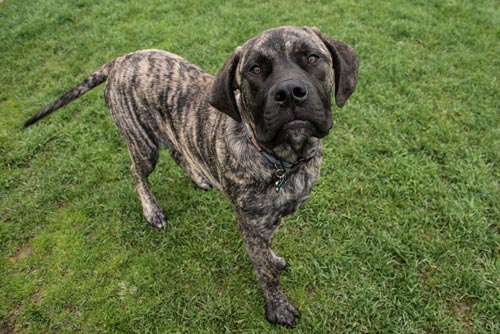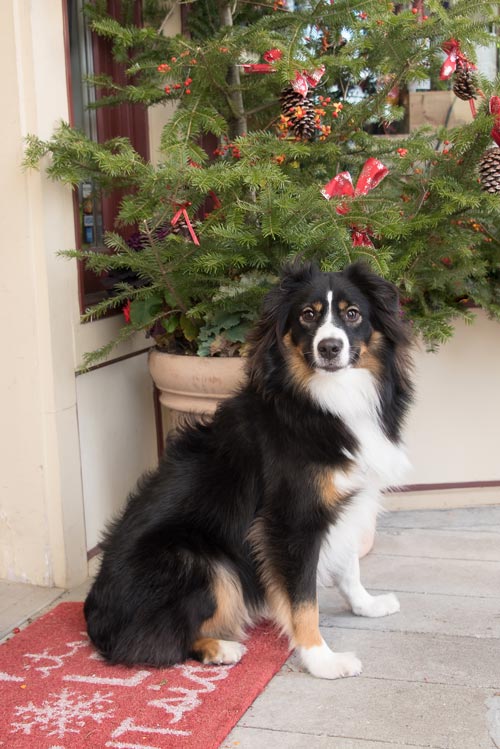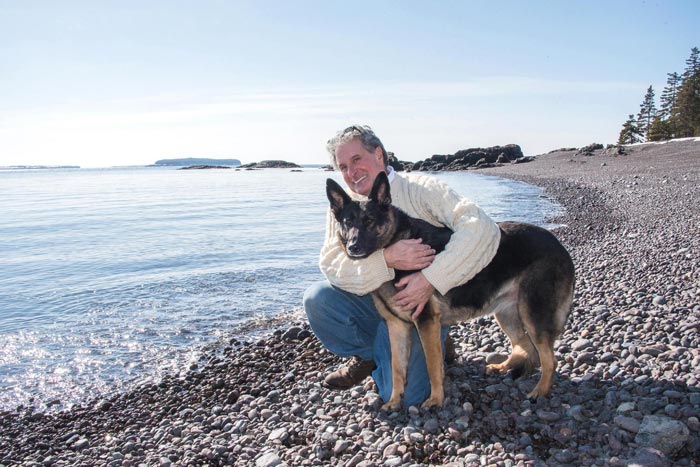Don’t Let The Summer Heat Harm Your Pet
I wrote this story for the Bangor Daily News publication “The Weekly.” It was published on June 21, but the message is universal and bears repeating. Please, if you’re out with your dog this summer, watch to make sure they’re having fun and not overheating.
This summer, ensure your furry friends have as much fun in the sun as you do. Because pets don’t sweat like we do, it can be tough to decipher what’s just due to overexertion and what’s due to something more dangerous. If there’s any question about what’s happening, visit your vet.
Recently, my greyhound Laura and I were at a playdate at Maine Greyhound Placement Service in Augusta with a dozen or more greyhounds. The afternoon was warm. We released the dogs to have a good romp in an enclosed field.
Greyhounds ran in the large field at Maine Greyhound Placement Service in May. This field is much larger than the one Laura usually runs in. Temperate conditions combined with over-exertion led to a dangerous condition known as heat stroke for poor Laura. While she recovered with no ill effects, it was a wake-up call to be more mindful of summer fun.
The field they were playing in was four times larger than the yard she normally plays in. They had a blast running around the field, challenging each other. The next thing I knew, she was panting hard and laid down to rest. She got up and ran a little more when the other dogs took off. Then, it started getting weird.
Noticing that she was tired, I took her over to an area with dandelions for an impromptu photo. She got back up but moved slowly. Someone asked if she had a limp. I didn’t see anything wrong. However, it was unusual.
I decided that it was time to take a bit of a break in the shade. We headed for the shade of a large fir tree. She laid down and panted hard. She staggered to her feet, turned around in the shade, and laid down with a thud.
At this point, the other owners and I decided to seek help. While someone ran for Louise Sawyer, a vet tech with MGPS, we started wetting Laura with water. We put water on her head, armpits, and groin area. We loosened her collar and removed the muzzle she wears when playing with other greyhounds.
Louise showed up. After pouring more water on Laura, one of my friends carried her to the clinic on-site. In the clinic, the first order was to check her body temperature. It was 105.2 degrees, higher than the temperature of 103 degrees normal for a warm summer day.
The next order of business was to start lowering her temperature to the normal range of 102 degrees. We put Laura on an exam table with a cool, wet towel. Louise applied wrapped ice packs to her groin, armpits, and the base of her skull. Then, she applied rubbing alcohol to her feet and neck.
Louise gave her an IV to replenish her fluids and oxygen to help her breathe for added coverage. Within 15 minutes, she was back to “normal.” I breathed a sigh of relief. Had we not been close to a clinic, there were still things I could do to bring her temperature down while taking her to get help.
Keeping Your Dog Happy & Cool
According to Dr. David Cloutier from Veazie Veterinary Clinic in Veazie, warm weather can be tough for dogs. By paying attention to the signs they give, you can ensure your pup stays cool in the heat.
Be Aware of Your Dog’s Behavior
At the start of the walk, your dog might walk or run ahead of you, investigating the things around you and acting energetically. As they get hotter, they might start sticking close, lagging, and panting. At that point, it’s time to find shade.
“Pet owners should be aware especially of when a dog starts to pant almost uncontrollably with the tongue swollen and hanging out,” according to Cloutier.
If your dog begins to experience weakness, stumbling, sitting, or laying down as Laura did, find shade, offer cool water, and take a break to let their internal temperature drop.
“Some owners also see bloody diarrhea,” Cloutier said. “Once the dog’s temperature hits 106-107, they’re in trouble. Anything over 104 is high.”
Help Your Dog Cool Down
The things we did for Laura work great for any dog who overheats or experiences heat illness. First, remove the dog from the action. If the dog has a chance to catch their breath, they begin behaving normally again. The activity can resume.
“If a dog is in a position where they’re being pushed past beyond their normal level of behavior, or if we push them, the dog won’t stop on their own. An adult needs to look at the situation, say this is too much for the dog, and we need to stop,” Cloutier said.
Next, provide the dog with things to help them recover from the heat. This includes cool water, shade, and rest. At home, icepacks wrapped in paper towels can help bring temps down faster. Rubbing alcohol is a great way to cool down because it evaporates and cools at the same time.
“If the dog becomes normal within 10-15 minutes, it’s probably doesn’t mean a trip to the hospital,” Cloutier said, “If it gets worse, it’s time to head into a veterinary clinic or hospital.”
Groom to Cool
Good grooming matters when it comes to keeping your pooch cool.
“Most dogs have a dense undercoat, which needs to be groomed out,” Cloutier said.
That undercoat, when groomed properly, can contribute to proper heat control. This, combined with access to fresh, cool water, and shade makes summer a happy time for the pup.




